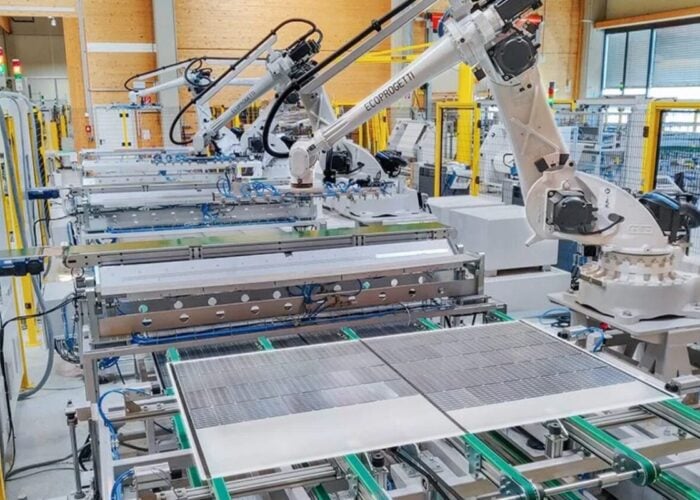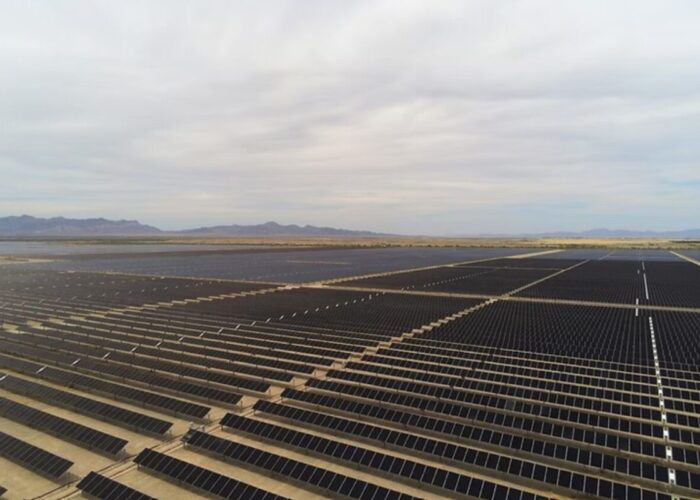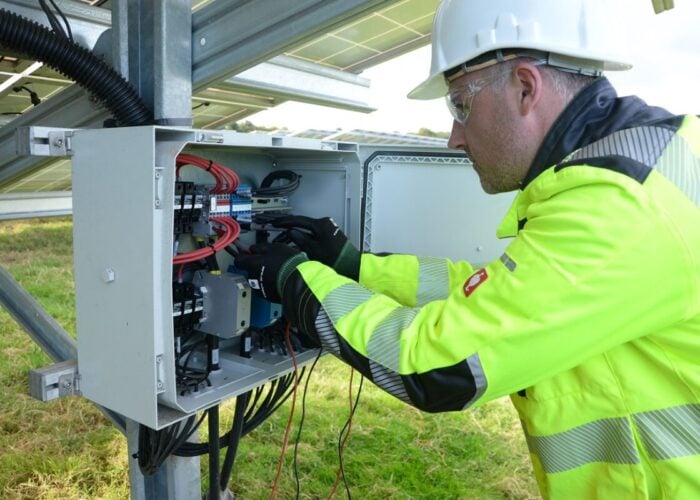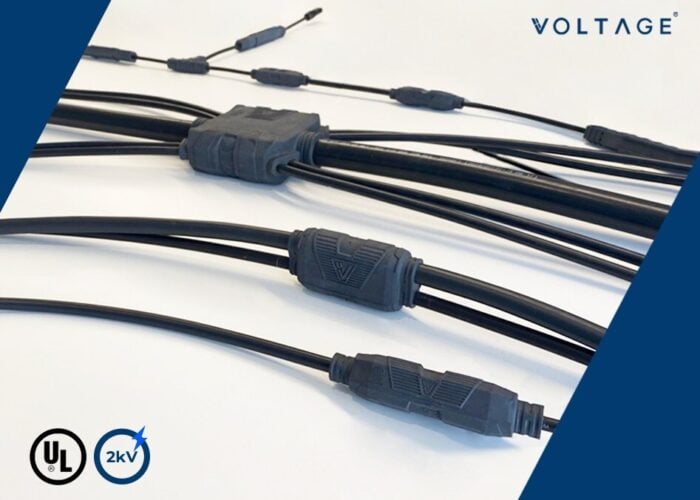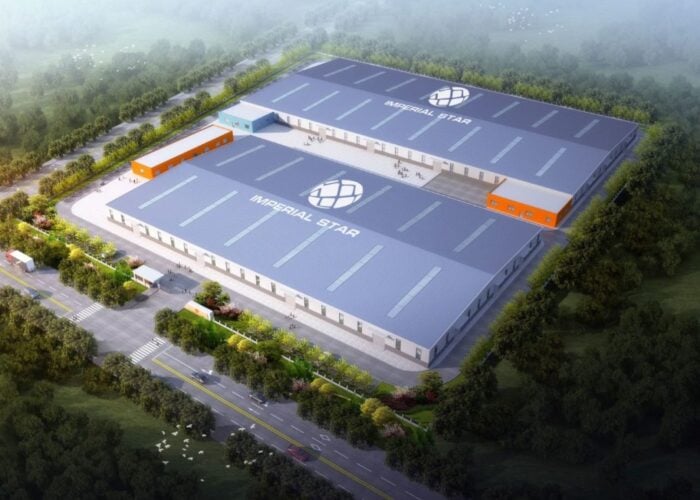Yieldcos like the one launched by NRG Energy could transform access to capital particularly for distributed solar generation, said a leading renewable energy advisor.
NRG Yield closed last week on its initial public offering of 19,575,000 shares of its Class A common stock to the public at $22 per share, raising $430m. Underwriters have a 30-day option to purchase up to an additional 2,936,250 shares. Since the IPO on July 16, NRG Yield’s shares have consistently traded higher than the offer price, peaking at $29.45.
Try Premium for just $1
- Full premium access for the first month at only $1
- Converts to an annual rate after 30 days unless cancelled
- Cancel anytime during the trial period
Premium Benefits
- Expert industry analysis and interviews
- Digital access to PV Tech Power journal
- Exclusive event discounts
Or get the full Premium subscription right away
Or continue reading this article for free
Rob Sternthal, president at Reznick Capital Markets Securities, said: “It's very significant – yieldcos are transforming.
“All assets like this infrastructure they don't need a fuel. They have wind they have solar they sit there and you get paid for them sitting there. That sort of investment belongs in a pension fund or retail investors that want to own dividend paying stocks.
“They're priced to issue 4.5% dividends, but there's reason to believe and understand that number would go up. That suggests a very low cost of capital.”
NRG Energy is the largest Independent Power Producer in the United States with 46,565MW in generation assets and 2,000MW of utility scale solar under development. NRG Yield will own, operate and acquire more renewable and conventional electricity generation assets by raising capital through the public ownership of equity. The portfolio at IPO included three natural gas and dual-fired power plants, seven utility-scale solar plants and two distributed solar assets with a combined capacity of 1324MW.
According to NRG Yield’s SEC filing, renewable assets provide about 42% of the cash flows, while they make up only 29% of the net generation.
“A mix of conventional and renewable energy sources is smart,” said Sternthal. “Conventional energy power plants have a lot of income but don't have the same tax depreciation or tax benefits as to do renewable projects. So you're able to utilise depreciation and tax benefits more efficiently and the more conventional assets you have in the more renewable assets you can add.”
Apine, Avenal, Avra Valley, Blythe and Borrego, representing 203MW combined capacity, are already in operation while CVSR, a 250MW plant in California is still under construction.
While NRG Yield’s DG portion of its portfolio is small, at 14MW, the company identified distributed energy and an area for expansion.
“We intend to finance the acquisition of future distributed solar generation facilities through proceeds from new equity offerings,” it said in its SEC filing.
Sternthal said there were probably another 10 of these vehicles preparing to launch, including from SolarCity and Sunrun as distributed generation would especially benefit from yieldcos.
“There is more useful potential in DG than utility generation because utility scale market is drying up for now,” he said. “This vehicle is all US access. Now the question is what can be put in now that you've gone public? Can you put in Brazil, Latin American or Candian assets?
“The point of this could not have been just to cash out. It has to be a larger vehicle. Chief executive David Crane always talks about DG and the best deals in the market that are the hardest to fund are DG for solar. Does this become the vehicle to finance those types of assets efficiently?”
Sternthal also said that yieldcos would be more effective at raising capital than any other public market vehicle being discussed such as Real Estate Investment Trusts, Master Limited Partnerships and securitisation.
“Securitisation is a red herring. Securitisation can only be used by the largest of companies that can issue 100s of millions of dollars of bonds, have a track record, a rating and a software platform. You're not going to get that in DG solar. There will be three to four companies that can use it; it's not really going to effectively transform the market.”
An NRG Energy spokesman said that the company would not be able to comment on the NRG Yield IPO until after the quiet period expires on 26 August 2013.
Earlier this year, Silver Ridge Power withdrew its IPO in Canada which offered shares in projects owned by AES Solar.

